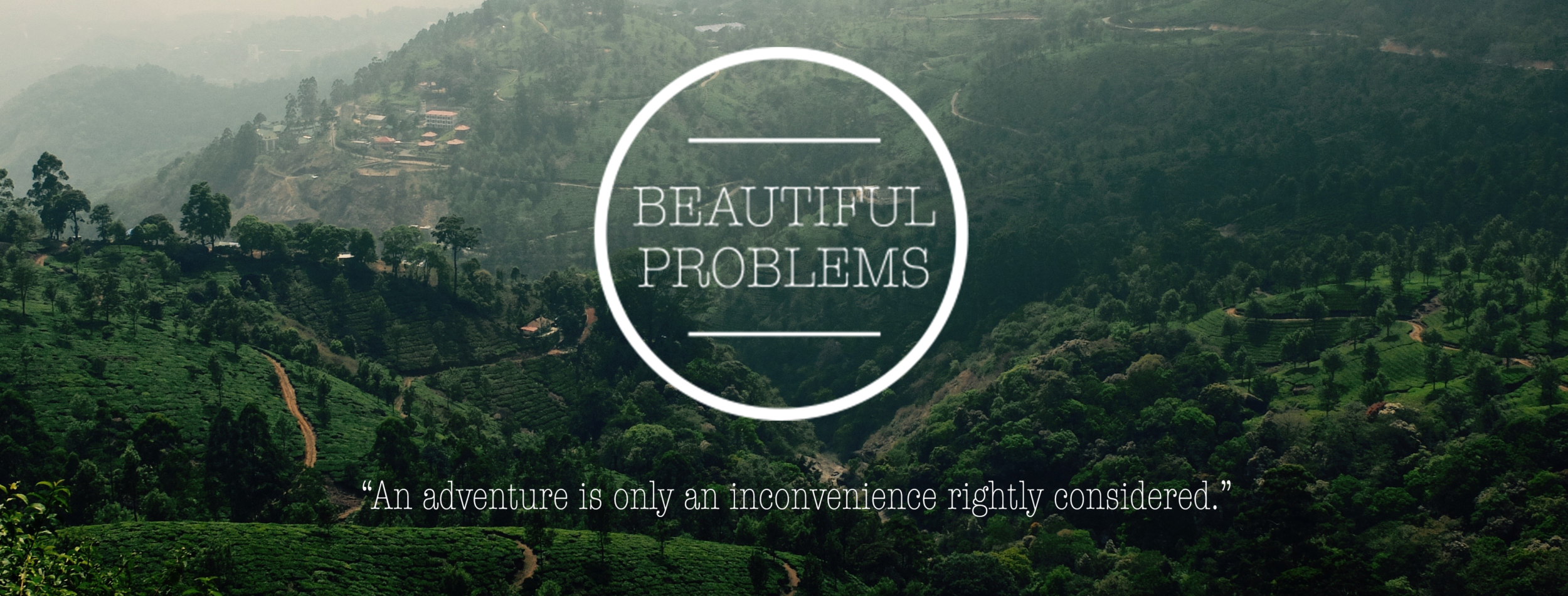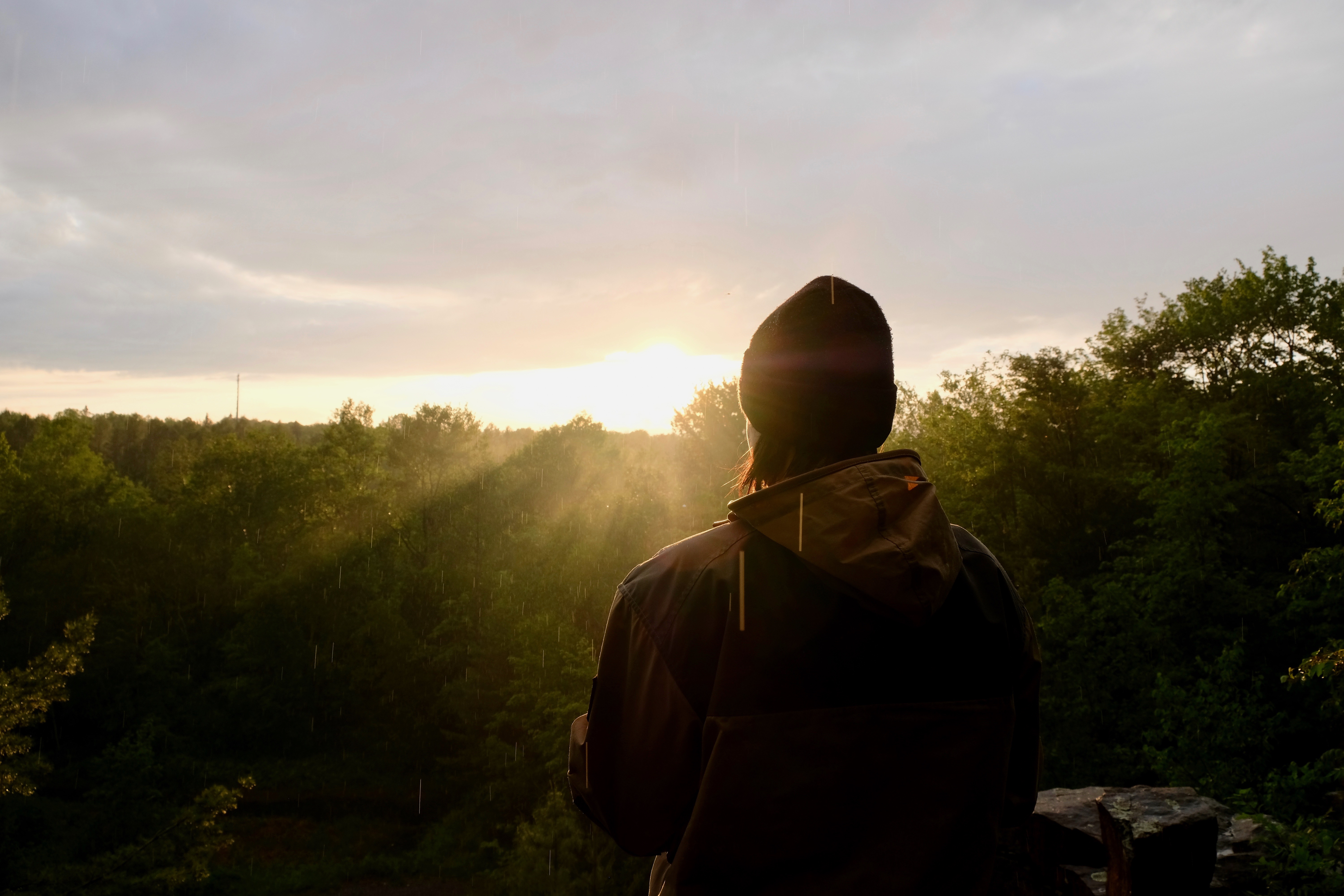This past weekend, Dad, Stef and I drove to Middlebury to do some slab climbing.
In the great tradition of car camping we piled an expedition’s worth of gear into the back of the truck, kilograms of jangling metal more than was justified for a few hours of top-roping at the crag. There’s a saying, something about when you don’t have knowledge you end up filling your pack with your insecurities; but I don’t think it applied in this case- we did have an honest-to-God mountaineer with us- so maybe it was the inevitable result of a budding climber realizing his father owns half an REI’s worth of equipment in the basement, and naturally the eyes were bigger than the stomach.
The first saying, however, did return to mind after we’d set up our anchor and were preparing to rappel, when I realized that despite my having two fancy, ultralight, ultramodern, multi-purpose ATC options, I was unable to rig either of them in a way that would let me successfully glide down the cliff face. Dad lent me his, a worn brick of caramel-colored steel polished silver from thousands of feet of rope sliding over it, then followed me down on a pair of carabiners he had threaded sideways. While there was no shortage of carabiners (thanks to my having hauled his entire trad rack to the top), had there been he could have also lowered himself on a Munter hitch. A savvy climber brings only the tools he knows how to use. A new climber brings all the fancy tools he’s hoping to learn how to use; and instead learns a simple yet practical carabiner rappel.
Once lowered to the base of the wall, we evaluated the options. To an untrained eye a slab wall looks unclimbable. Too steep to scurry up, yet lacking any obvious features that might be found on a more vertical crag; to the uninitiated a slab pitch looks discouragingly blank. After looking for a while, Dad started to point out the lines- a finger crack here, a slight ramp there- and the path appeared. Like changing settings at the optometrist, blank inside corners came into focus as footholds, edges too slight to pull up on became useful to keep balance as toes braided across dimples below. Compared to the burly, upper-body-heavy climbing promoted in the gyms across the country, slab climbing looked like a lot of one-legged squats and prayers. Or curses, whatever would get the job done.
After climbing a few lines, I started up one that Dad had remembered as being a good challenge. Soon I had climbed myself into an impasse, the only possible escape via the use a juicy crack Dad had assured me was not part of the route.
“I think your memory is failing you,” I called down, calf trembling on a pencil-thin foothold. “There’s nothing here.”
“Maybe,” he called back.
As luck would have it, the process of turning my head down to yell at him had the unforeseen benefit of directing my attention away from the lack of handholds above and led me to spot what appeared to be another wafer-thin foothold at my right thigh. The answer lay below. More squats and curses. With my upper body smeared to the wall and no discernable handholds to assure I didn’t topple backwards, I held my breath and pressed up on the one toe. Leg shaking, cheek pressed into the rock, I trembled my way up another foot of the route into more unknown. Step up and the path will appear. I grabbed the ledge and exhaled. Relief. Turned out the old man still had it together.
Lowering down, I saw the three of us juxtaposed against the same scene from Dad’s college days- coming out after class, scrambling the same lines with a couple of friends. I find something deeply satisfying in that idea. This thing, climbing up walls in the woods, somehow has kept its allure even as we enter a time ever more complicated with a profusion of possibilities and technologies and obligations. This activity- for all intents and purposes identical to how they did it forty years ago- is simple enough and yet simply, enough.

